Introduction
This is a brief post about my final year project in computer engineering. I’ve developed a small command line application to do high dynamic range fusion on RAW images (Bayer domain). I’ve coded it in C++ using Halide and LibRaw.
This little application takes some RAW files, 2 or more, as input and returns a HDR TIFF image.
RAWs I’ve used to get the images showed in this post belongs to The HDR Book: Unlocking the Pros Hottest Post-Processing Techniques (I haven’t read it).
Noise measurement
If we take a photography of an uniform zone with an ideal camera all pixels in the image will have the same value. But the perfect camera does not exist. This image will always have some interference, noise, that will break the uniformity making pixels fluctuate around a value, the mean value. So, we can equate average value with noiseless value and standard deviation with noise. Hence, we can express signal to noise ratio (SNR) this way:
We can meassure the SNR for different relative exposures by taking some pictures to an uniform zone (using the manual focus to blur the image in order to avoid textures) with different exposure times.
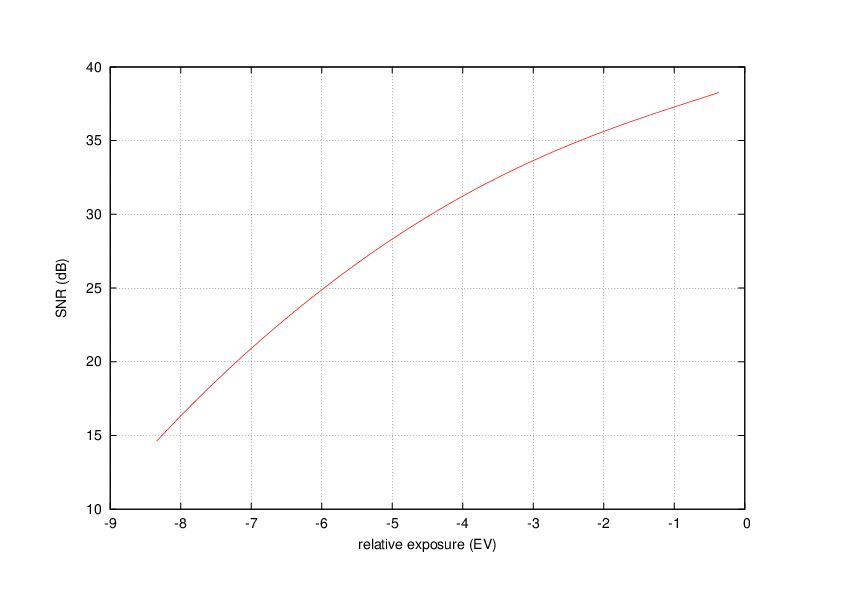
HDR fusion
Reading the previous chart we realize we need to increase exposure, exposing to the right if we want to get less noise. But there is a limit, the saturation point. This is the point at which it can no longer generate new electrons for additional photon strikes.
We could take two photos, one well-exposed and another one overexposed. The well-exposed picture will have detail in the highlights but more noise than the overexposed picture. The overexposed image will have the opposite features, much less noise and saturated highlights. Equalising the exposure level and taking the best parts of each image (the highlight from the well-exposed picture, the non-saturated parts form the overexposed one) we can get a image with higher dynamic range and less noise. This is called High Dynamic Range fusion.
Fusion Map
The key to get a fused HDR image with lower noise is in the generation of the fusion map. In the case of two input images, this approach binarizes the more exposed picture with the next formula to get a fusion map where pixels with value 0 are fitted with the well-exposed picture, and pixel with value 1, with the over-exposed one:
The above formula has a threshold value between 0 and 1 to take more (higher threshold) or less (lower value) highlights from de overexposed image. The binarized image is blurred with Guassian kernel to avoid sudden transitions in the final image.
Extending this process to support more than two images is pretty simple.

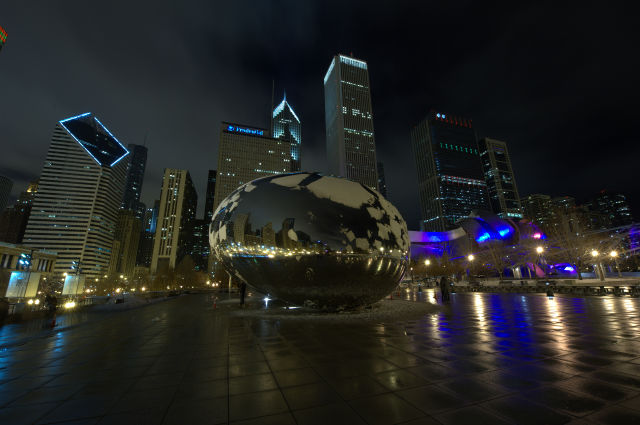
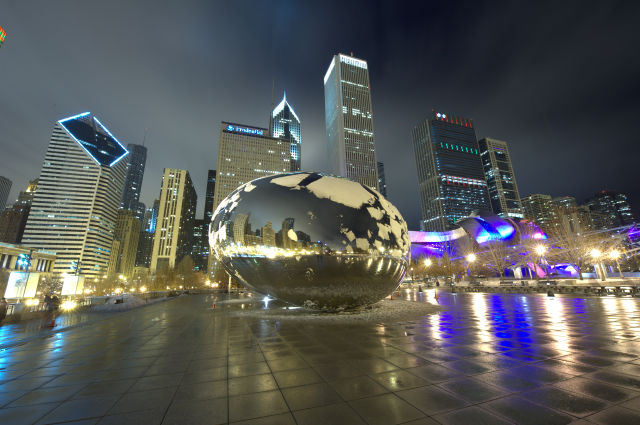
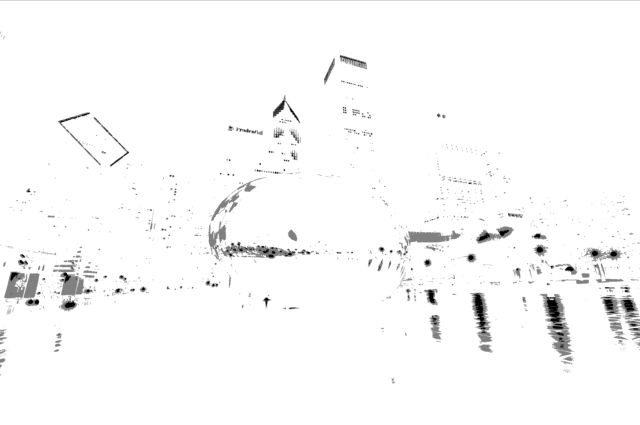
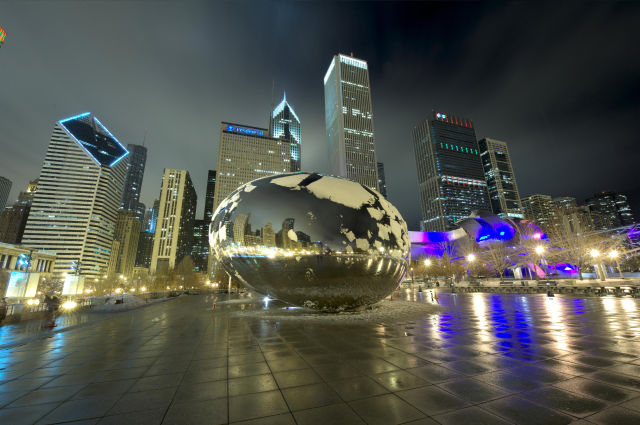
Bayer Domain
There is a diference between my application and common approaches, it uses directly RAW images. A RAW image contains only one channel per pixel (R,G or B). So, while other aplications use raster images, which have one real and two interpolated channels, this application only works with real data. This way, the performance may be improved.
Noise reduction
The level of noise reduction depends on the exposure schema. A scheme like [0 EV, +3 EV, +6 EV] works pretty well. A wider exposure scheme can increase the noise reduction, but it could generate artifacts (visible fusion borders) due to the difference SNR between pixels from photos with a high exposure level difference.
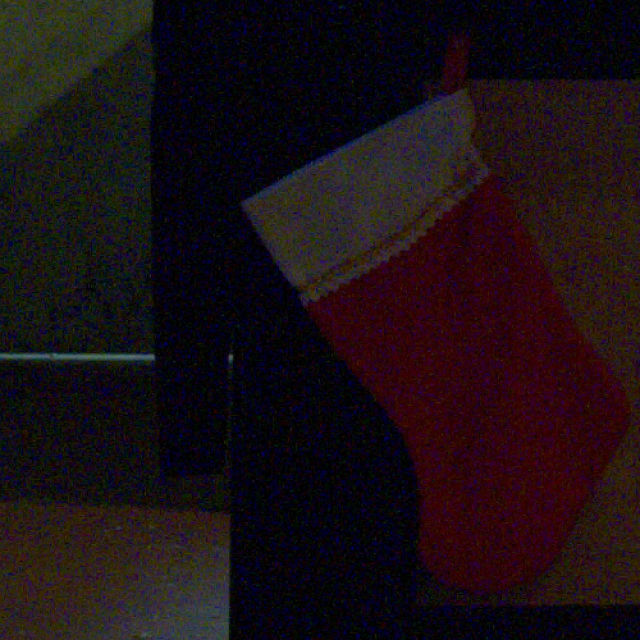
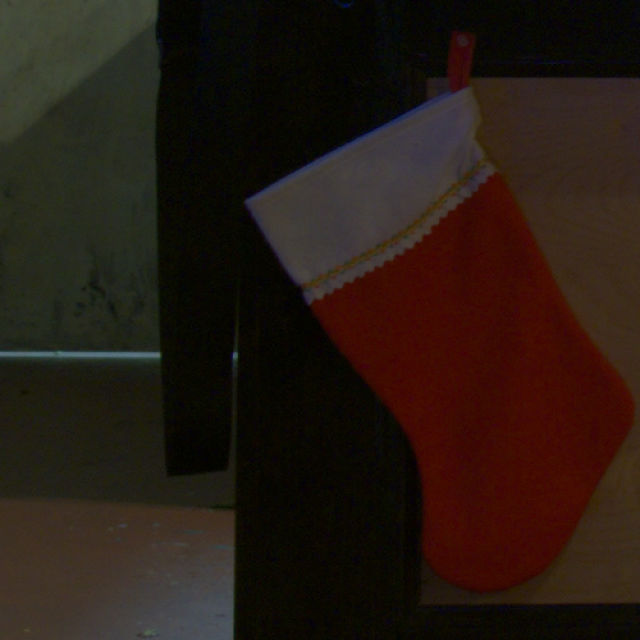
Tonemapping
This application uses the less exposed photography as reference, so the fusion result has the same look. This way we can avoid the tonemapping process. Nevertheless, by applying a tonemapping operator we can get a better result if the less exposed image is too underexposed. Anyway, this application does not include a tonemapping option, but the user could use an external tool like pfstmo.
Next steps
I may open source this application in the future. But, firstly, I want to change some parts an fix some bugs. If someone want me to explain this project more deeply or something about digital photography or image processing, just ask it.
Thanks
I would like to thank some people for their support. In the first place, I want to express my gratitude to my girlfriend, Ángela, for all those hours in the library and for her photographies, advices and help. Next, I want to mention Guillermo Luijk, his work on digital photography is the base of this project. I also want to thank Quobis, the company I work for (they have been unselfish and gave me the posibility to shift my working schedule), and my friends Aitor and Eleazar for encouraging me.